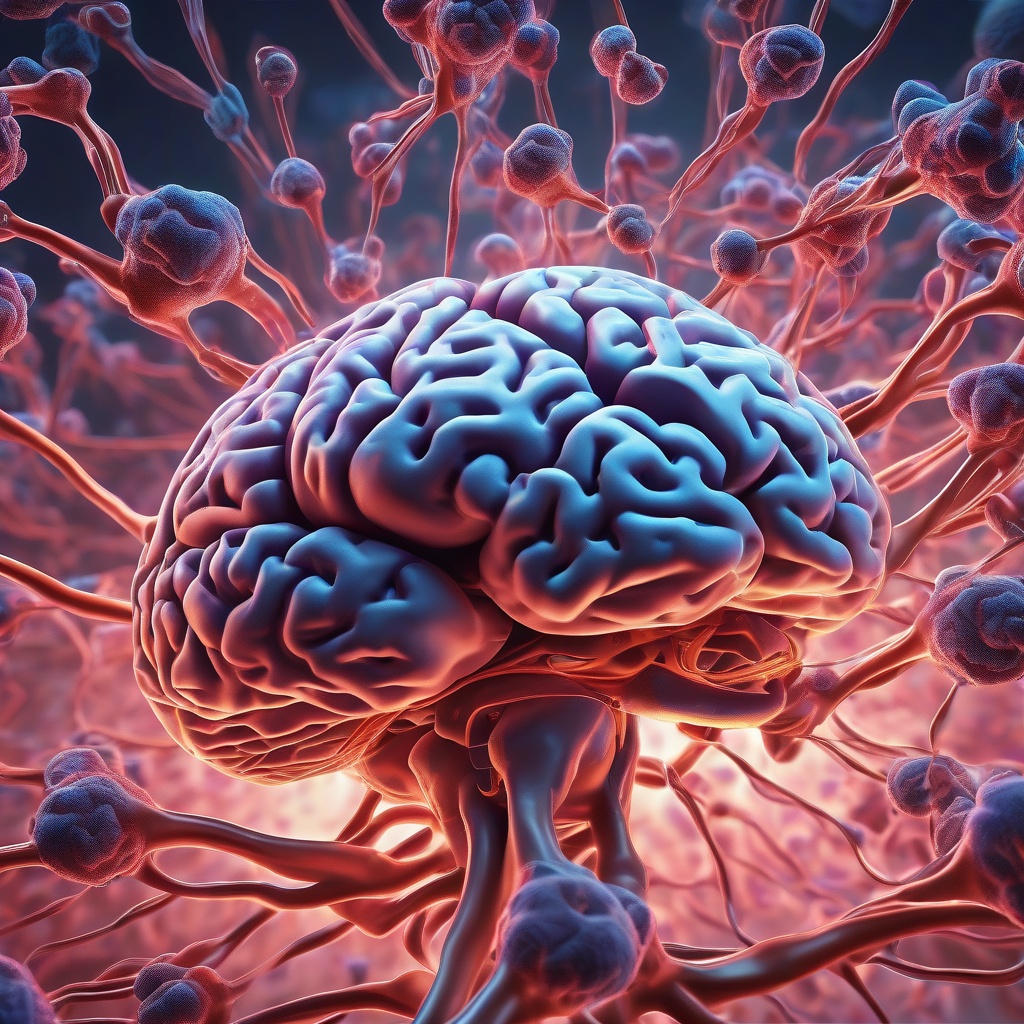Breakthrough Discovery Uncovers Key Regulator of Post-Stroke Inflammation and Potential New Treatments
A groundbreaking study from researchers at Johns Hopkins Medicine has shed new light on the complex process of post-stroke inflammation, identifying a crucial regulator that could pave the way for novel treatments. The team’s work reveals that mast cells act as “gatekeepers” for immune cell migration. Normally, the brain tightly regulates immune entry, but after a stroke, this process is disrupted, leading to excessive inflammation and tissue damage.
The Role of Mast Cells in Post-Stroke Inflammation
Mast cells, a type of immune cell, have long been implicated in allergic reactions and inflammation. However, their role in the brain, particularly after a stroke, has remained unclear. The researchers used a combination of animal models and human tissue samples to investigate the function of mast cells in post-stroke inflammation. Their findings suggest that mast cells play a critical role in regulating the migration of immune cells into the brain after a stroke.
Using advanced imaging techniques, the team observed that mast cells accumulate in the brain’s blood vessels after a stroke, where they interact with immune cells and facilitate their entry into the brain tissue. This process is mediated by specific molecules on the surface of mast cells, which act as a “gatekeeper” to control the influx of immune cells.
Implications for Stroke Treatment
The discovery of mast cells as gatekeepers of immune cell migration has significant implications for the development of new treatments for stroke. Currently, there are limited therapeutic options available to mitigate post-stroke inflammation, and the condition remains a major cause of morbidity and mortality worldwide.
The researchers propose that targeting mast cells or their molecular pathways could provide a novel approach to reducing post-stroke inflammation. For example, therapies aimed at inhibiting mast cell activation or blocking the interaction between mast cells and immune cells could potentially limit tissue damage and improve outcomes.
Potential Applications Beyond Stroke
The study’s findings may also have broader implications for the treatment of other neurological disorders characterized by inflammation, such as multiple sclerosis, Alzheimer’s disease, and Parkinson’s disease. The discovery of mast cells as key regulators of immune cell migration could lead to the development of new therapeutic strategies for these conditions.
- Modulating mast cell activity could provide a new approach to treating inflammatory neurological disorders.
- Further research is needed to fully elucidate the mechanisms underlying mast cell function in the brain and to explore the therapeutic potential of targeting mast cells.
Future Directions
The researchers plan to continue investigating the role of mast cells in post-stroke inflammation, with a focus on translating their findings into clinical applications. They are currently exploring the use of mast cell-targeting therapies in animal models of stroke and plan to initiate human clinical trials in the near future.
In addition, the team is working to elucidate the molecular mechanisms underlying mast cell function in the brain, with the goal of identifying new therapeutic targets for post-stroke inflammation.
Conclusion
The discovery of mast cells as gatekeepers of immune cell migration marks a significant breakthrough in our understanding of post-stroke inflammation. As research continues to uncover the complexities of this process, new therapeutic opportunities are emerging. With further investigation and translation into clinical practice, this finding has the potential to improve outcomes for patients with stroke and other inflammatory neurological disorders.
Read the full article: https://www.hopkinsmedicine.org/news/articles/2025/09/researchers-find-gatekeeper-for-post-stroke-inflammation



